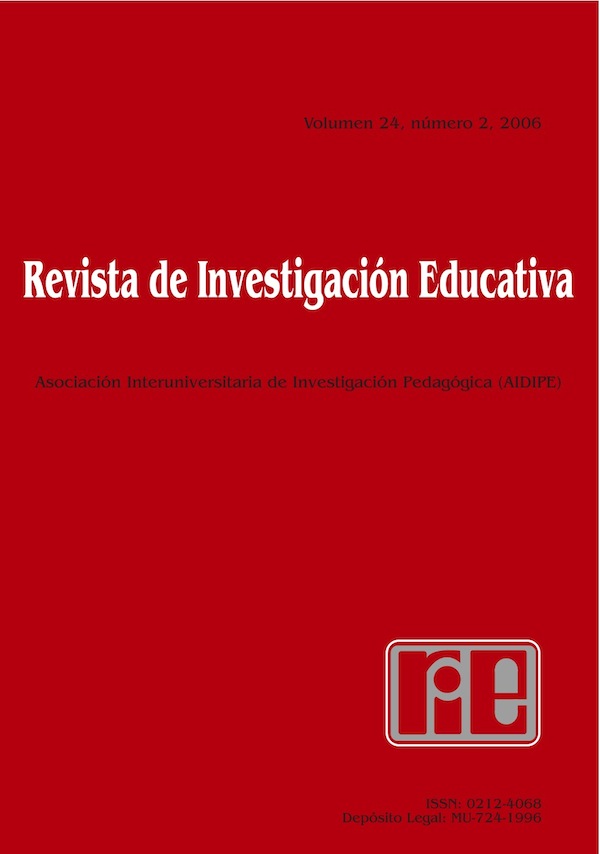Practicum y carga de trabajo
Abstract
The time which students devote to each course, but also to each task within a given course (e.g. study, bibliographic search and selection, contact classes, etc), is still an unknown element within the context of Spanish Higher Education. Nevertheless, the European Higher Education Area considers knowledge of student workload as essential. The importance of this knowledge increases in direct proportion to the number of credits assigned to each course. In the case of Magisterio (Teacher’s College), the practicum is the course with the most credits. In this study, the total amount of hours needed by 15 students to successfully complete their practicum has been controlled. Data collected includes: the total time devoted to the course; variation in hours throughout the semester and distribution of hours according to tasks. It is interesting to note that the average time devoted to the course falls within the limits proposed by the EU, although this limit was surpassed during certain periods; and that students employ almost half their time (48.53%) in the classroom. Also, the time devoted to consulting material on the internet is almost double that spent in the library.Downloads
The articles and scientific documents published in RIE abide the following conditions:
1. The Servicio de Publicaciones de la Universidad de Murcia (the publisher) has the property rights (copyright) of all the documents published and allows the reuse under the user’s license indicated in point 2.
2. All documents are published in the digital edition of RIE under a Creative Commons Reconocimiento-NoComercial-SinObraDerivada 3.0 España (legal document) license. These documents can be copied, used, distributed, communicated and explained publicly if: i) the author(s) and its original source of publishing (magazine, publisher and URL of the document) are cited; ii) it is not used for commercial purpose; iii) the existence and the specifications about this license are mentioned.
3. Auto-archive’s conditions. The authors are allowed and encouraged to digitally distribute the pre-print versions (a version before evaluation) and/or post-print (a version that it is already evaluated and accepted to its publication). This promotes circulation and distribution earlier and can increase the citations and significance within the academic community.










